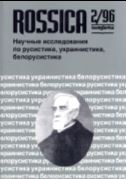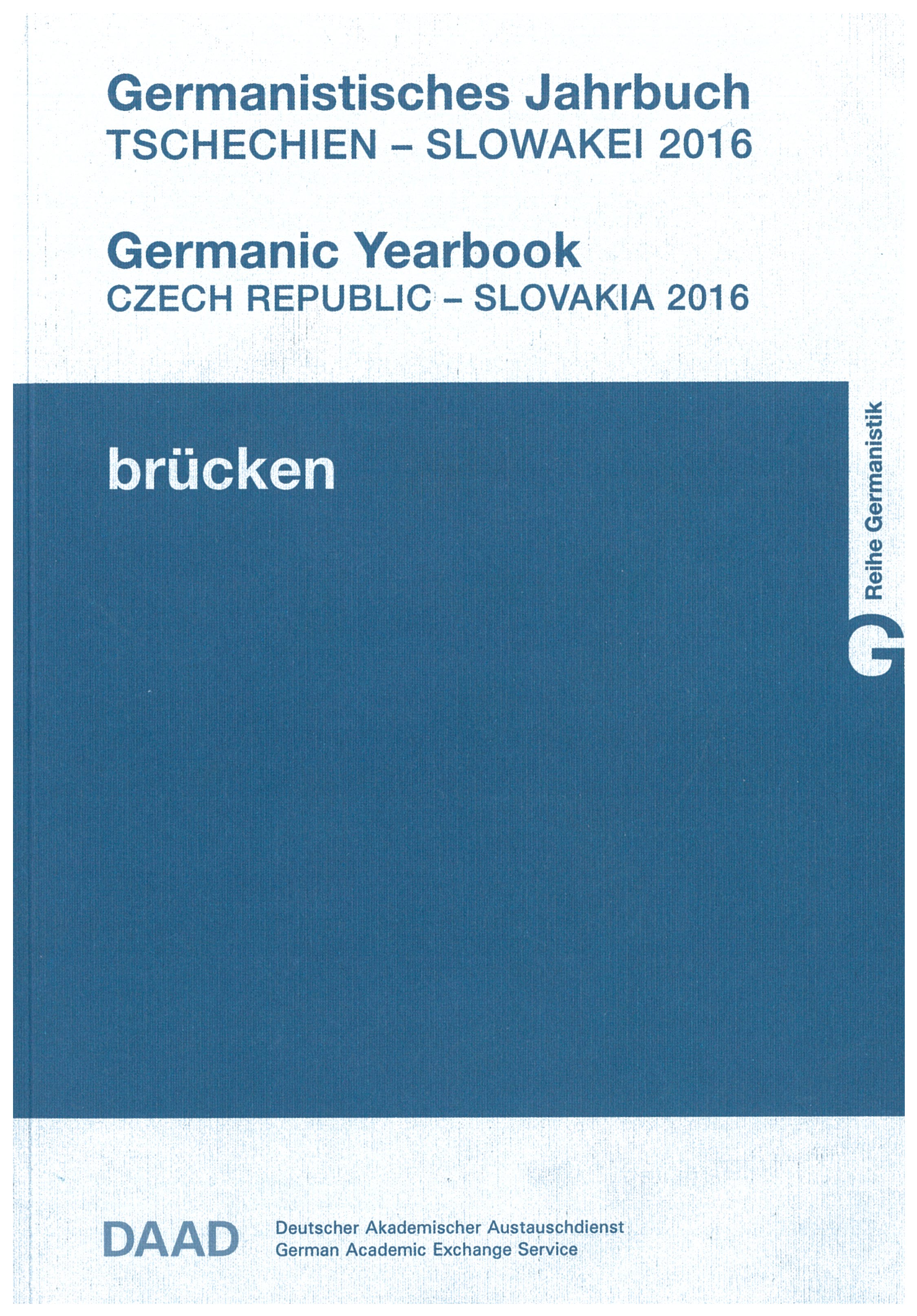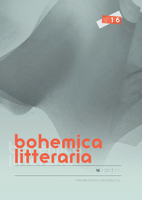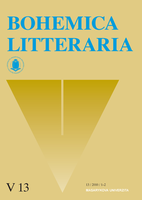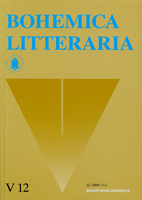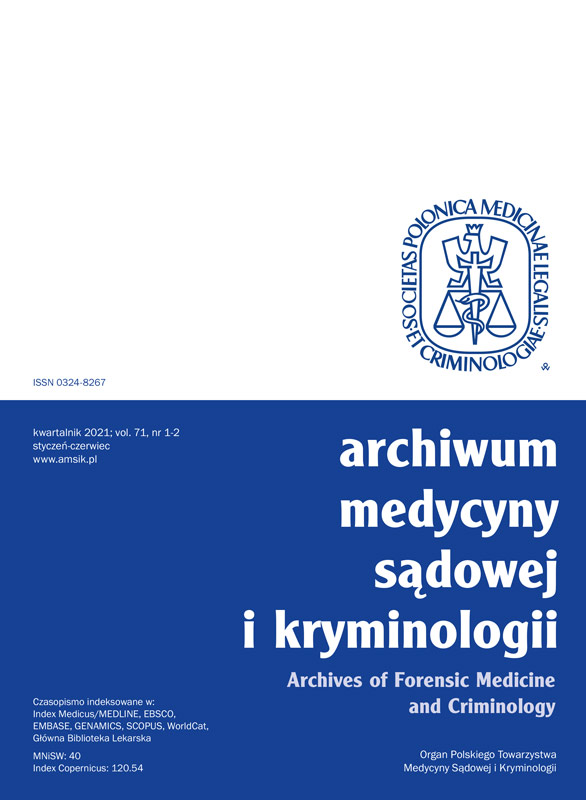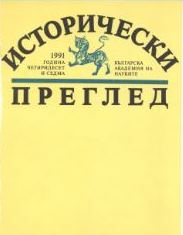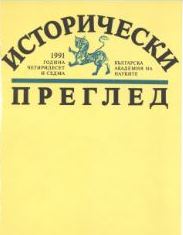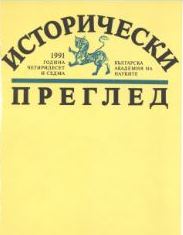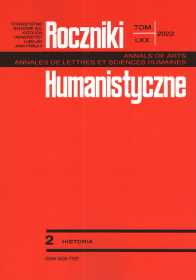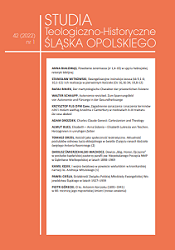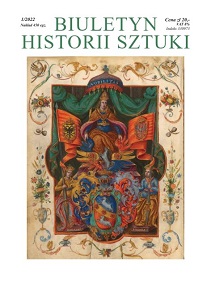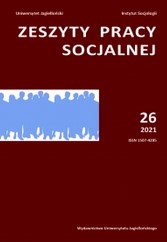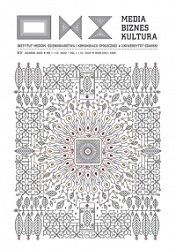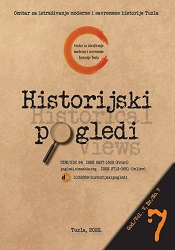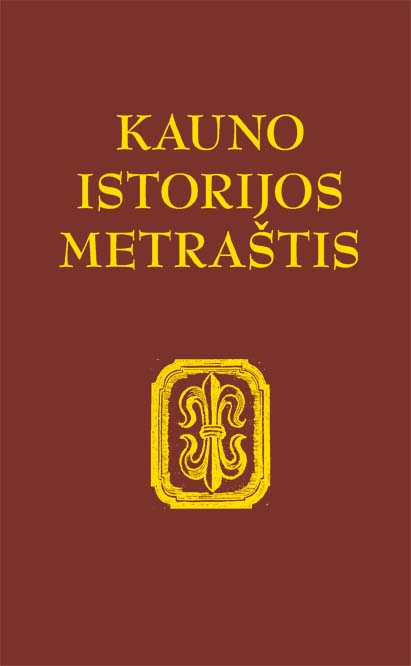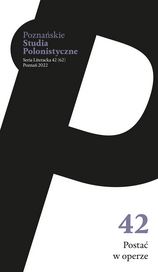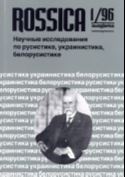
Следственные дела "о суевериях" в России первой половины XVIII в. в свете проблем истории общественного сознания
Магия (чародейство, волшебство, колдовство), мантика (ворожба, гадание), календарные обряды и обычаи сохраняли важное место в религиозной жизни православных подданных Российской империи XVIII в. Уходя корнями в глубокую древность, многие дохристианские верования к этому времени давно тесно переплелись с Православием и порой стали частью христианства в народном его понимании. Но в официальной идеологии значительная часть прежде всего магических верований рассматривалась как враждебные церкви "суеверия” и, декларируя в Век Просвещения борьбу с ними, и светские, и церковные власти Российского государства возбуждали в центре и на местах сотни следственных дел, тяжелыми карами утверждая чистоту Православия в его "синодальном варианте".
More...
